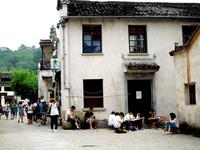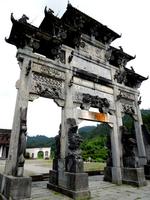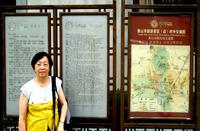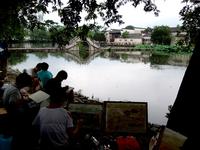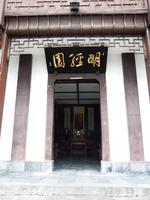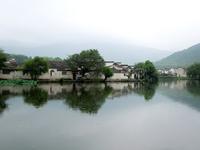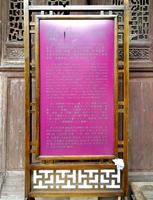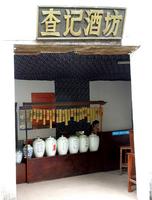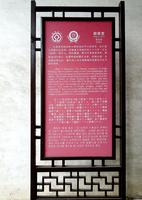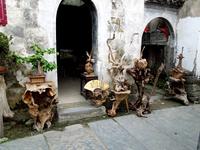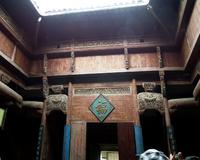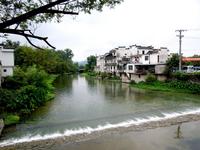You are in: Asia -> China -> Ancient Villages in ... , and traditional search or Image Gallery will yield results of this site only
Ancient Villages in Southern Anhui — Xidi and Hongcun
| Site number: | 1002 |
|
| Type of site: | Cultural | |
| Date of Inscription: | 2000 | |
| Location: | Asia, China, Yi county, Huangshan city, Anhui Province | |
Up to 75 images are shown here. Click on each for more details or on Image Gallery for more images.
| Description: | Xidi and Hongcun are two traditional villages that preserve an appearance of a largely extinct non-urban settlement type, a type which either disappeared of went through major transformations during the last century. Among the unique surviving examples the villages reveal their street plan, their architecture and decoration, and the integration of houses with comprehensive water systems. --WHMNet paraphrase from the description at WHC Site, where additional information is available. For 360 degree imaging of this site, click here. | |
| Xīdì (Chinese: 西递; pinyin: Xidi, also Xi'di, or Xi Di, literally West Post), is a village in southern Anhui province (Yixian County), in China, which was declared a part of the “Ancient Villages in Southern Anhui” World Heritage Site by UNESCO in 2000, along with the village of Hongcun. It was first built during the reign of emperor Huangyou during the Song Dynasty (960-1279 AD) and was originally called Xichuan (West River), because of the water courses which flow through the village. The rise of the village was closely tied to the fortunes of the Hu family. During the Ming Dynasty (1368-1644) members of this family began to act as merchants by 1465, which gave rise to the construction of major private buildings and public infrastructure. By the middle of the 17th century, the influence wielded by members of the Hu family expanded from commerce into politics. The prosperity of Xidi peaked in the 18th and 19th centuries, at which time the village comprised about 600 residences. The street pattern of Xidi is dominated by a main road which runs in east-west direction and is flanked by two parallel streets. These major streets are joint by many narrow alley ways. Small open spaces are confined to areas immediately in front of the main public buildings, such as the Hall of Respect, the Hall of Reminiscence, and the Memorial Archway of the Governor. Today, major attractions are 124 well preserved wooden residences from the Ming and Qing dynasties with beautiful carvings. Many of the residences are open to the public. Also see the nearby World Heritage site Hongcun. --Wikipedia. Text is available under the Creative Commons Attribution-ShareAlike License. For 360 degree imaging of this site, click here. | ||
| Source: | http://whc.unesco.org/en/list/1002 | |
| Reference: | 1. UNESCO World Heritage Center, Site Page. | |








